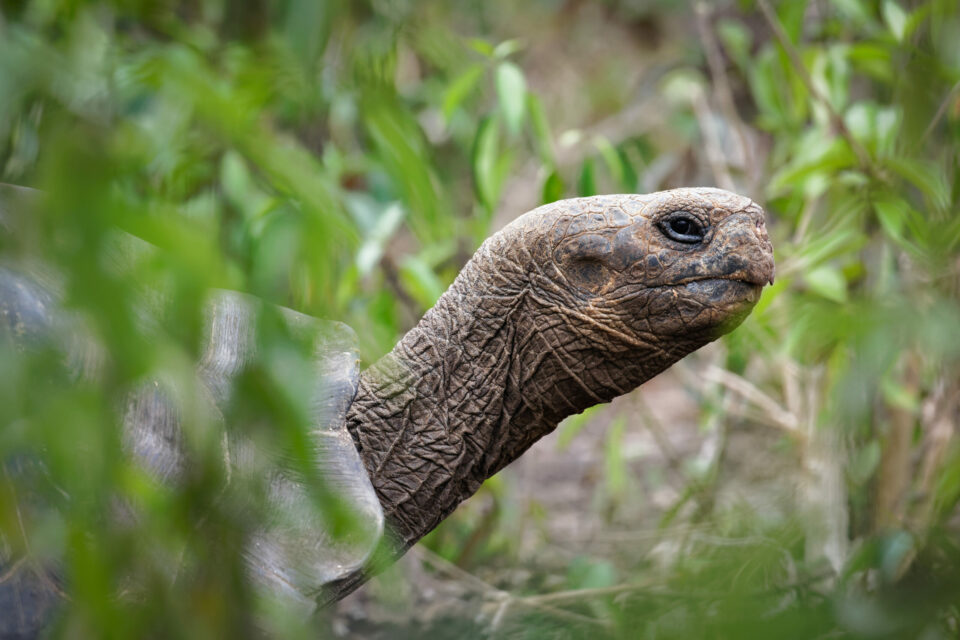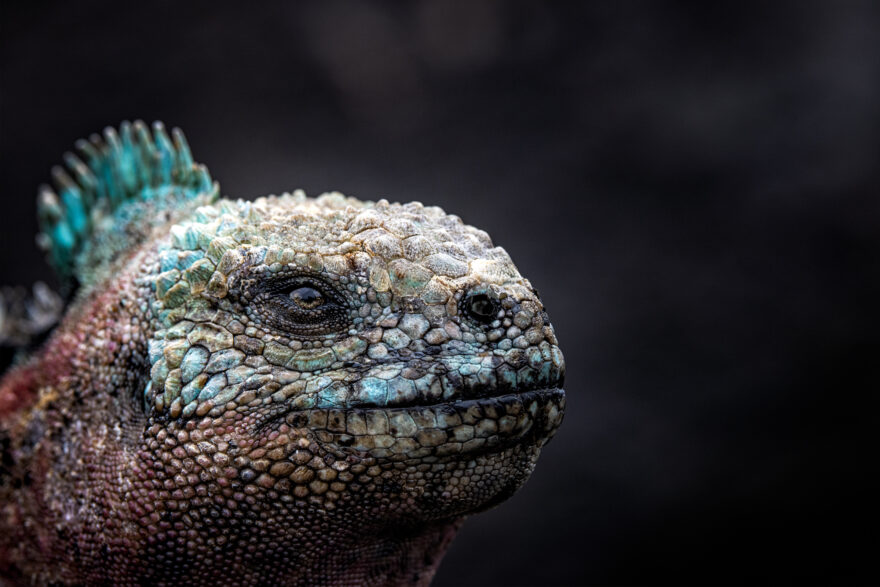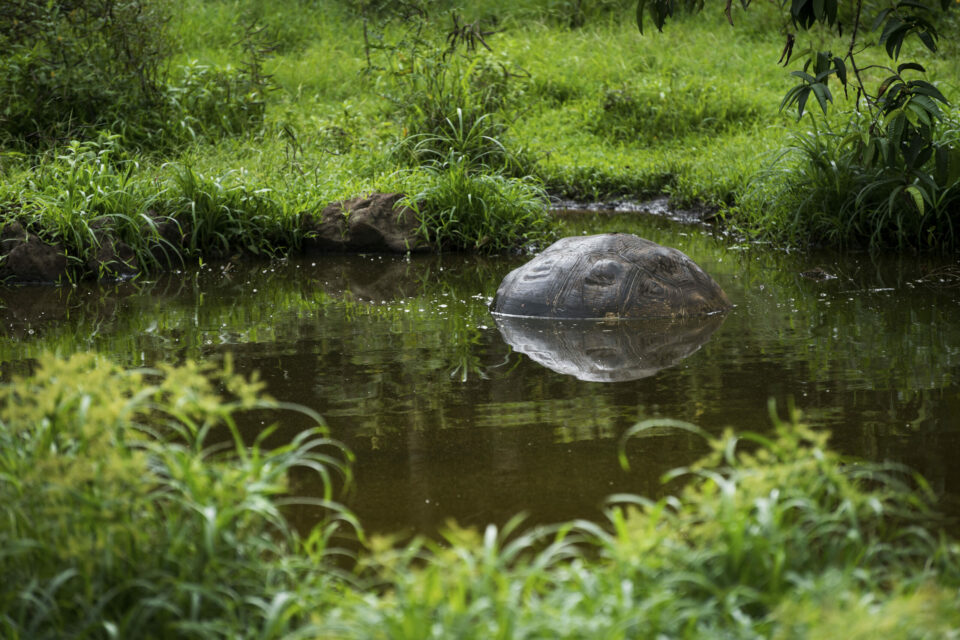

Galapagos Tortoise Exploitation and the California Gold Rush
The exploitation of Galapagos tortoises by pirates and whalers is well documented, however, this week we bring you a guest blog which may change your perception of this decline.
The exploitation of Galapagos tortoises by pirates and whalers is well documented, however, this week we bring you a guest blog which may change your perception of this decline. This is an insight into the fascinating studies of Cyler Conrad on the impact of the Californian Gold Rush on the tortoises and turtles of Galapagos.
Note: In this article, the term “terrapins” is used to describe both tortoises and sea turtles, as per the original reports.

This Galapagos tortoise was taken from Duncan Island in 1891 by Charles Townsend onboard the U.S.S. Albatross.
After gold was discovered in California’s Sierra Nevada Mountains in 1848 the western hemisphere was forever changed. By 1849 San Francisco’s population had swelled from 800 to nearly 20,000 people. While several routes existed for the ‘argonauts’ heading to the gold fields, travel by ocean was by far the most popular (Delgado 2009). Typical ocean routes brought passengers to the Galapagos Islands. Like the whalers before them, the Argonauts found Galapagos tortoises easy to capture, high in number, and enormously tasty.
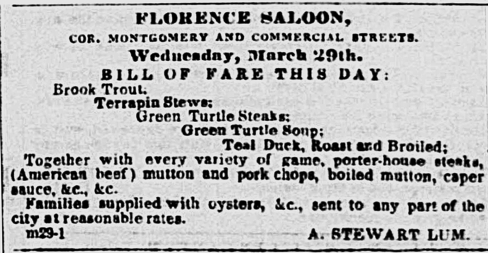
A tortoise and sea turtle menu at the Florence Saloon, San Francisco, printed in the March 29, 1854 Daily Alta California newspaper (Image from Conrad and Pastron 2014:29).
As vessels passed the Islands headed north to San Francisco, they would stop, pick up large numbers of tortoises (or terrapin), and consume them either on their voyage or upon arrival in California (Conrad and Pastron 2014). One example of many describes the schooner Roe arriving in San Francisco during March 1851 with over 25,000 pounds of terrapin from the Galapagos. Another example from May 1855 describes the schooner WA Tarlton arriving from the Galapagos with 580 terrapin onboard. This account suggests that terrapin entrepreneurs were more interested in the economic benefit of tortoises than their comfort, as 580 terrapin would have made for a cramped quarters on a schooner. Galapagos tortoises sold for enormous prices after arriving in San Francisco. After adjusting for inflation, seventeen tortoises that arrived in 1849 were sold for more than 50,000 dollars.
The importation process was also driven by the delicious taste of sea turtles and tortoises. The gold-seekers (known as forty-niners in reference to 1849) commonly wrote descriptions such as these:
“[The Galapagos tortoise] is deemed a choice luxury, even more than that of the green turtle.” – Caspar Hopkins, 1850
“This Terrapin [sea turtle] was delivered of 320 eggs, and the soup will doubtless be eggscellent.” – Unknown author (newspaper article), 1855
Unfortunately for Galapagos tortoises and sea turtles, their importation into northern California did not stop in San Francisco. They were also consumed and imported far inland. Terrapin were apparently quite popular in Sacramento, and Gold Rush towns throughout the Sierra Nevada, with advertisements urging diners to arrive early for their meals.
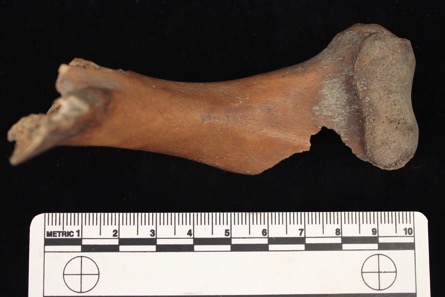
The Galapagos tortoise humerus recovered from Gold Rush-era deposits at Thompson’s Cove, San Francisco (Image from Conrad et al. 2015:545).
We have discovered archaeological evidence of the importation process at the Gold Rush-era site, Thompson’s Cove (CA-SFR-186H), located on the original shoreline of Yerba Buena Cove in downtown San Francisco, California. At this site, my colleagues and I recovered a Galapagos tortoise humerus (arm bone) dating to the Gold Rush (Conrad et al. 2015).
Tortoise populations were consumed in detrimental quantities throughout the Gold Rush years, and while the whalers caused significant impacts to Galapagos tortoise populations, California’s Gold Rush clearly plays an important role in this story.
You can follow Cyler’s research on academia.edu and on twitter. He can be reached by email at [email protected].
Related articles


The return of the Floreana giant tortoise
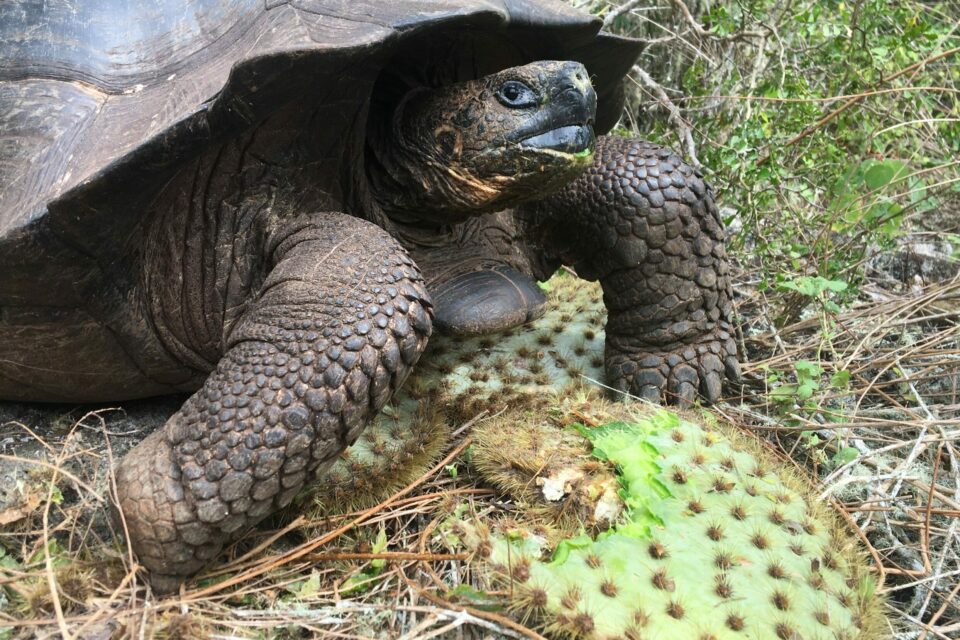
Galapagos giant tortoises: An update from the field
